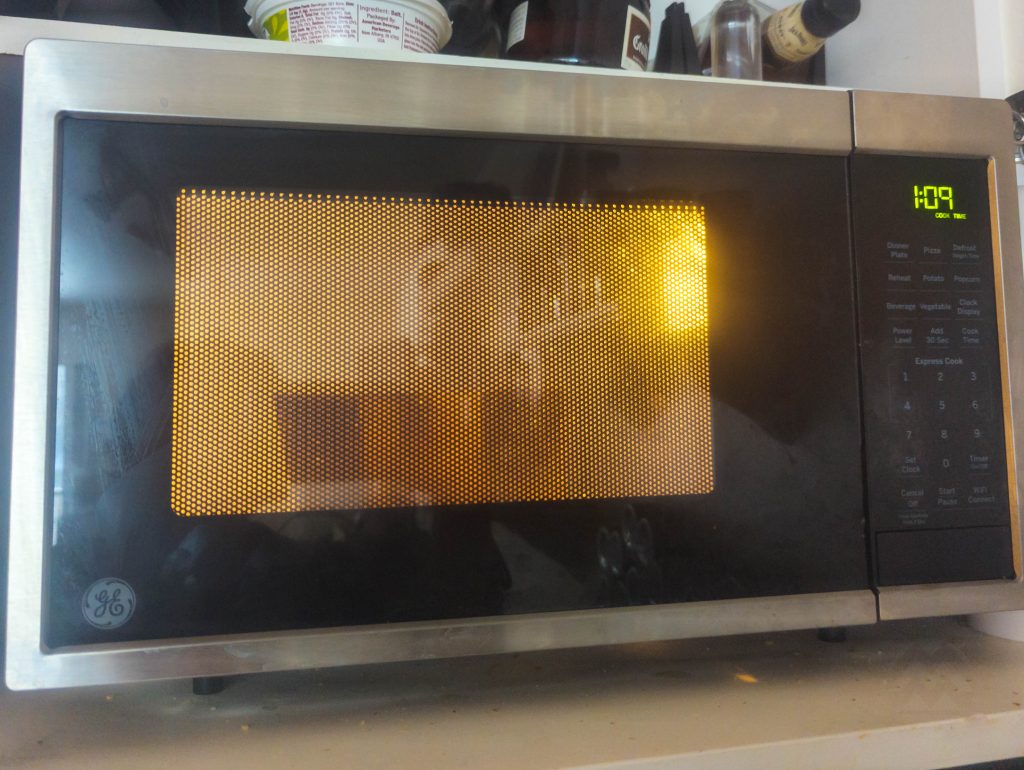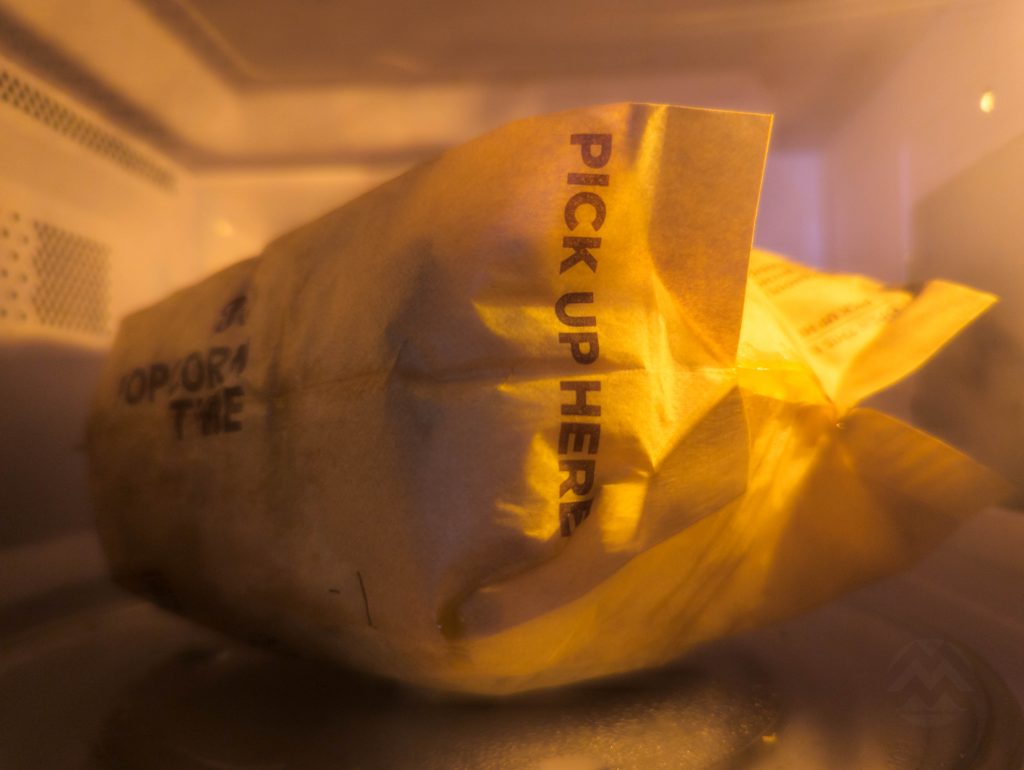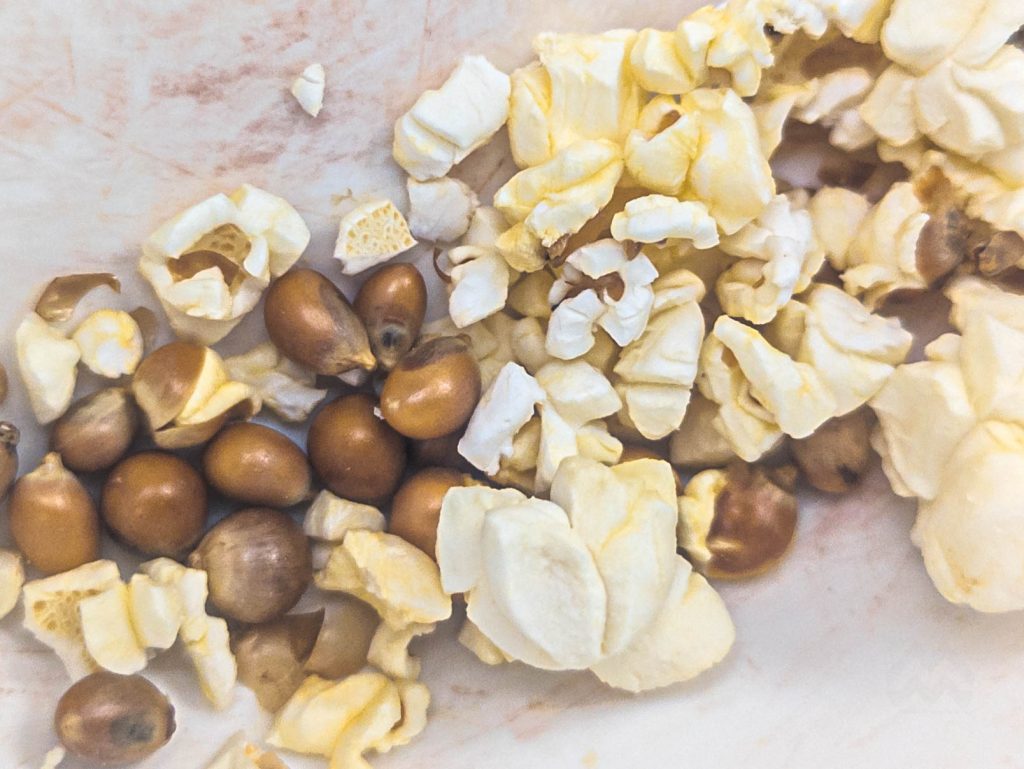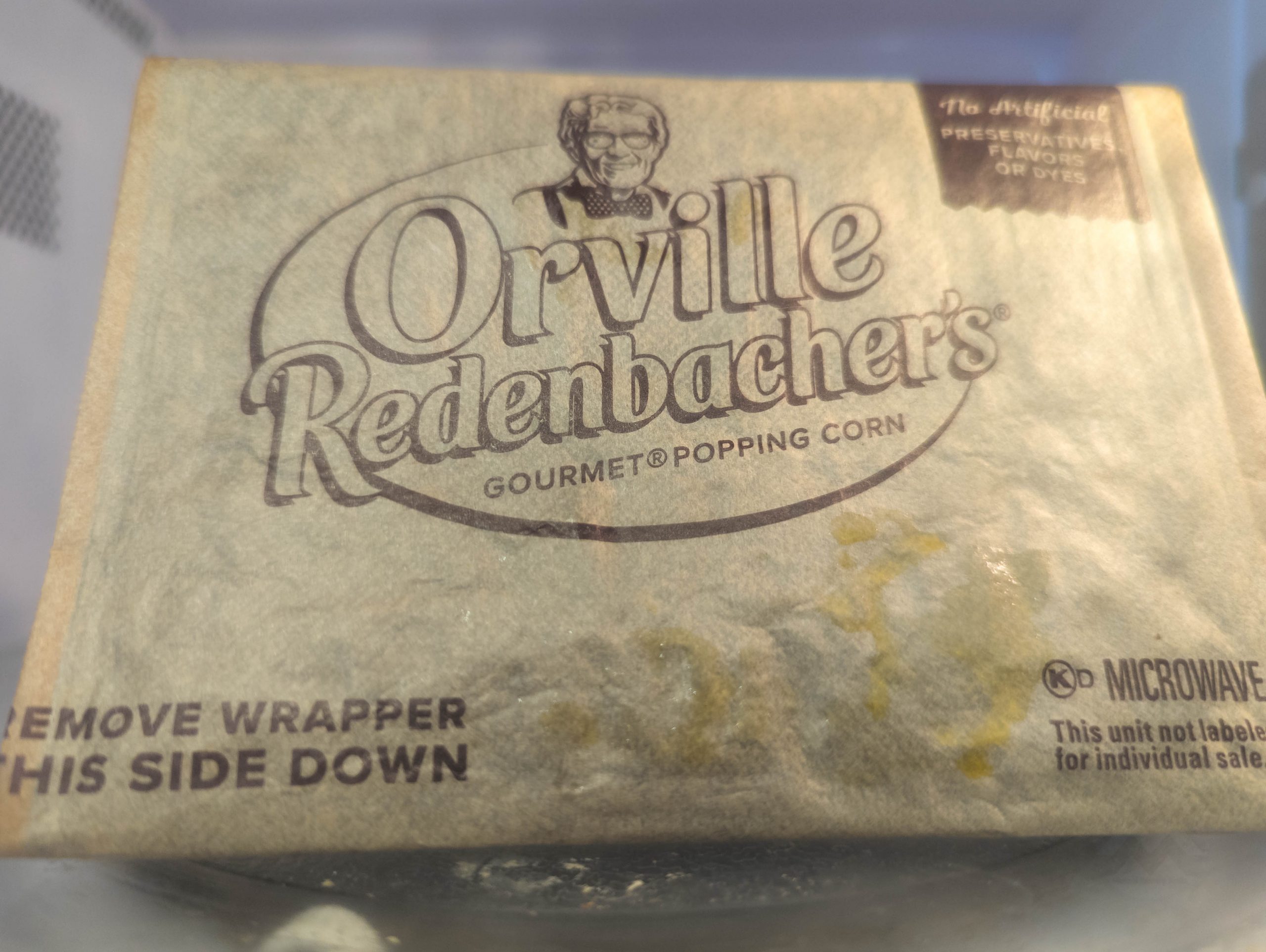Introduction
As I put a bag of Orville Redenbacher’s into the microwave I was curious about the history of popcorn and some facts about this fun and tasty treat.
Popcorn’s Early Beginnings
Popcorn has been around for thousands of years, with evidence of popcorn being found in Peru that dates back to 4700 BCE. Native Americans also enjoyed popcorn and used it in various ways, such as decorations for clothing and necklaces. Popcorn was also a popular snack among Native Americans, with some tribes even popping popcorn in pottery vessels over open fires.

Popcorn’s Rise to Popularity
Popcorn gained popularity in the United States in the late 1800s and early 1900s, thanks in part to the invention of popcorn machines. Popcorn was sold at fairs and carnivals, and eventually made its way into movie theaters in the 1930s. During World War II, popcorn became a popular snack because it was one of the few foods that was not rationed, and it was also easy to transport.

Popcorn Today
Today, popcorn is still a popular snack and can be found in many forms, from microwave popcorn to gourmet popcorn shops. In fact, there are even popcorn festivals held around the world, such as the Popcorn Festival in Valparaiso, Indiana, and the World Championship Popcorn Festival in Marion, Ohio.
How Popcorn Pops
Popcorn pops because of a small amount of water that is stored inside the kernel. When the kernel is heated, the water turns into steam and creates pressure inside the kernel. Eventually, the pressure becomes too much for the kernel to contain, and it explodes, turning inside out and creating the fluffy popcorn we know and love.

Fun Facts About Popcorn
- Popcorn kernels can pop up to three feet in the air!
- The world’s largest popcorn ball was over 12 feet in diameter and weighed over 5,000 pounds.
- Americans consume around 17 billion quarts of popcorn each year.
- Popcorn is a whole grain and is actually a healthy snack when eaten without added butter or salt.
- The unpopped kernel at the bottom of the bag is called a “old maid” or a “dud.”



